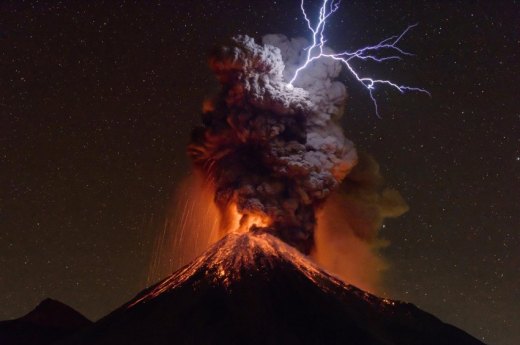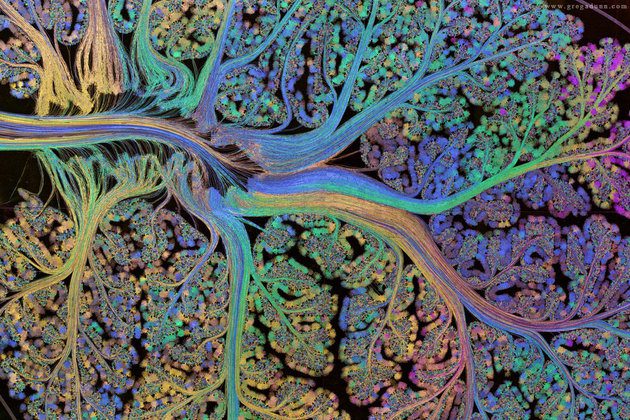
For a long time I didn’t know what research on consciousness was to be about. Was it being able to feel and think? Was it perceptual awareness (as in ‘did you hear that sound’?) What did attention have to do with it (the searchlight hypothesis), i.e. lots of stored information is present but not ‘in consciousness’ at any given moment in time?
Finally, while discussing the issue that no one has a good theory of anesthesia (TMK), (i.e. how it happens and why it works), it occurred to me we can simplify the question, and make it solvable in a fairly easy way:
Consciousness (C) made easy is just the difference between awake state W and anesthesia/slow wave sleep SWS/A.
C = W – SWS/A
The difference is what makes up consciousness. We can measure this difference in a number of ways, brain imaging, neuronal spiking behavior, EEG/EcoG, LFPs, voltammetry of neurochemicals, possibly gene expression, and quantify it. Sure it is not a simple task, and people may disagree on how to integrate measurements for a solid theory of what is happening, but conceptually it is at least clearly defined.

Charles Wilson (2008), Scholarpedia, 3(6):1410. doi:10.4249/scholarpedia.1410
An important difference is the appearance of up-and down states when unconscious. Possibly in this state only the purely mechanical coupling of the neuronal mass remains, and the fine-tuned interactions by chemical receptors and channels is simplified such that the high entropy asynchronous spiking is abolished.
It would be interesting to further investigate the soliton theory for this question.
